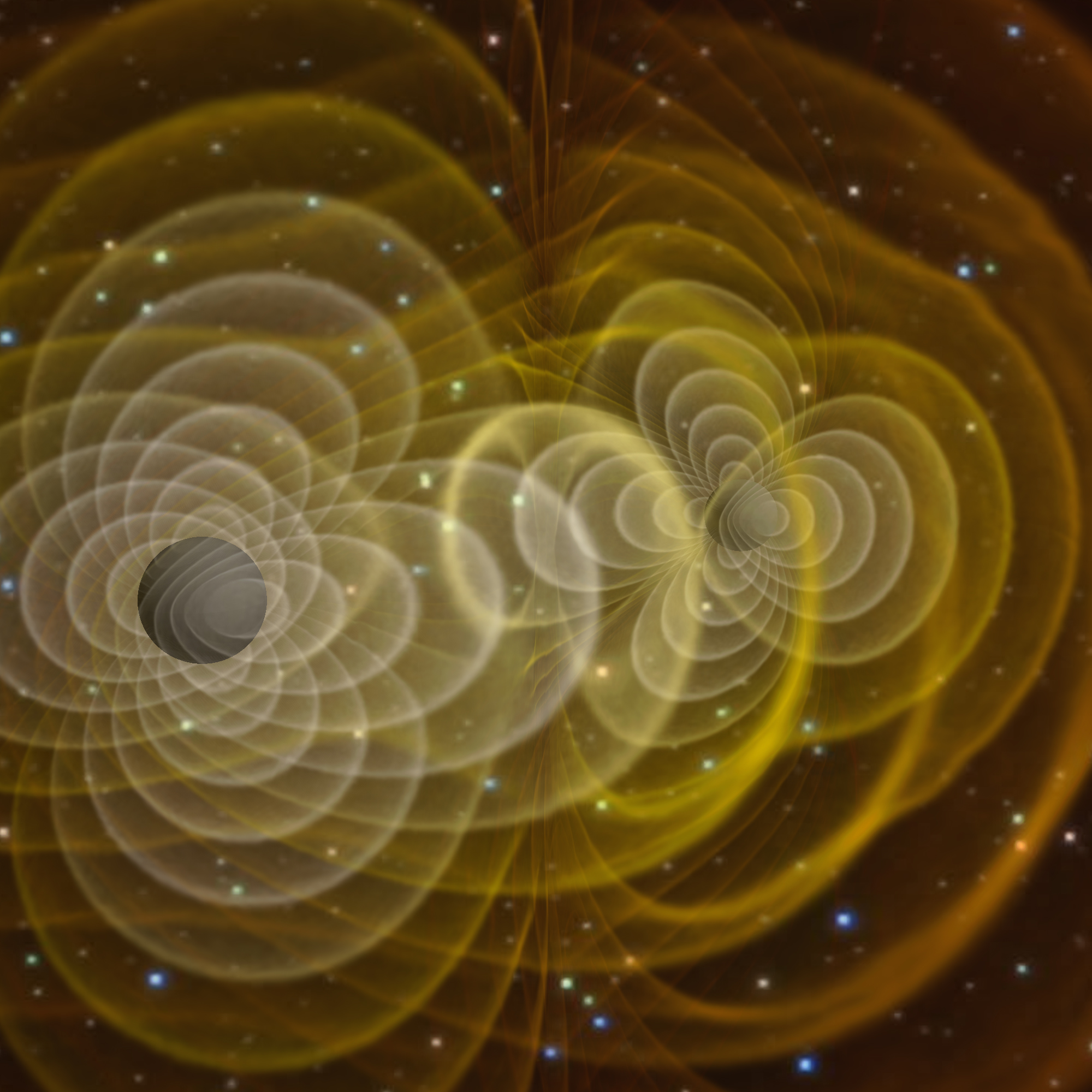
February 11, 2016, by Brigitte Nerlich
Ripples of rumour and ripples in space: LIGO and gravitational waves
For some days now I have been seeing announcements on twitter that the Laser Interferometer Gravitational-Wave Observatory (LIGO) would make an announcement about the detection of gravitational waves today. (The best description of these self-referential announcements can be found on Mark Hannam’s blog!)
In 2014 I got a bit excited about an announcement that gravitational waves had been detected (in a different way) by BICEP2 and then got a bit disappointed. So I sit back and think about the hype disillusionment cycle. Today’s announcement, and all the announcements of it that prepared the ground for the announcement, is probably influenced by the BICEP2 announcement. People just don’t want to make the same mistake again.
Just for reference, and as far as I understand such things, LIGO uses interferometers to try and detect gravitational waves, BICEP2 used telescopes, and then there is Lisa Pathfinder, launched by the European Space Agency last December, which is a lab seeking out gravitational waves in space. (For more info read this). If you want to know what gravitational waves (and not gravity waves) are and why scientists are excited about them, you can read about them all over the news. I just want to point you to this great GIF. And one more bit of background: Albert Einstein predicted gravitational waves in June 1916, that is almost exactly a century ago!
What interests me as a quasi-social scientist about this whole episode are not the ripples in space that gravitational waves are supposed to be, but the ripples of rumour and gossip that this announcement has generated. By coincidence, last night I watched an old episode of The Big Bang Theory where Amy and Sheldon spread various rumours to test theories of rumour and gossip, including memetic epidemiology and meme theory. When looking at tweets and blogs this morning, I came across this nice exchange of comments underneath a post on the Telescoper blog, where Phillip Helbig says: “Maybe there is no discovery, but they want to discover who leaks and who doesn’t. So, each person in the team gets to hear a rumour specifying a certain date. This date then informs the boss who was indiscreet. The British royal family intentionally spread false rumours about the princes among their acquaintances. By seeing which appeared in the press, they knew whom they could trust and whom not.” And Navneeth replied: “Hehe… I was (am) considering this possibility as well. 😀 Sort of like a false signal injected to test the team’s ability to hold a secret.”
As it goes, somebody seems (there is a rumour at least) to have opened the floodgates of rumour with a “woohoo” email (and Andreas Schepers just suggested on twitter that #woohoo should be used as the hashtag for the announcement). Science News pointed out, I quote:
“It’s just a rumor, but if specificity is any measure of credibility, it might just be right. For weeks, gossip has spread around the Internet that researchers with the Laser Interferometer Gravitational-Wave Observatory (LIGO) have spotted gravitational waves—ripples in space itself set off by violent astrophysical events. In particular, rumor has it that LIGO physicists have seen two black holes spiraling into each other and merging. But now, an email message that ended up on Twitter adds some specific numbers to those rumors. The author says he got the details from people who have seen the manuscript of the LIGO paper that will describe the discovery. “This is just from talking to people who said they’ve seen the paper, but I’ve not seen the paper itself,” says Clifford Burgess, a theoretical physicist at McMaster University in Hamilton, Canada, and the Perimeter Institute for Theoretical Physics in nearby Waterloo. “I’ve been around a long time, so I’ve seen rumors come and go. This one seems more credible.”
This afternoon, when the announcement about gravitational waves will be finally made, I am unfortunately away from the interweb. But I’ll be checking this evening to find out whether we were dealing with ripples in space or ripples of rumour or both and whether this will really be the “scientific highlight of the decade” as Sir Martin Rees calls it. It would be nice!
Postscript. It’s evening now: And it was nice! Hurray!
The universe whispered: Woohoo!
Listen to the heartbeat or chirp of the universe!
Image: Wikimedia commons

W against T, reference required. #conspiracyofscience
Sorry I don’t quite understand.
From this post I learnt about the Gartner Hype Cycle and it’s oh-so-perfectly-named “Trough of Disappointment” and also how to flush out the moles in a spy network. Multi-disciplinary science at its best. I salute you.
That made me chuckle!!! I had completely forgotten about that post! And, of course, I love ‘doing’ multi-disciplinary science – at least writing some stuff that sounds like it!